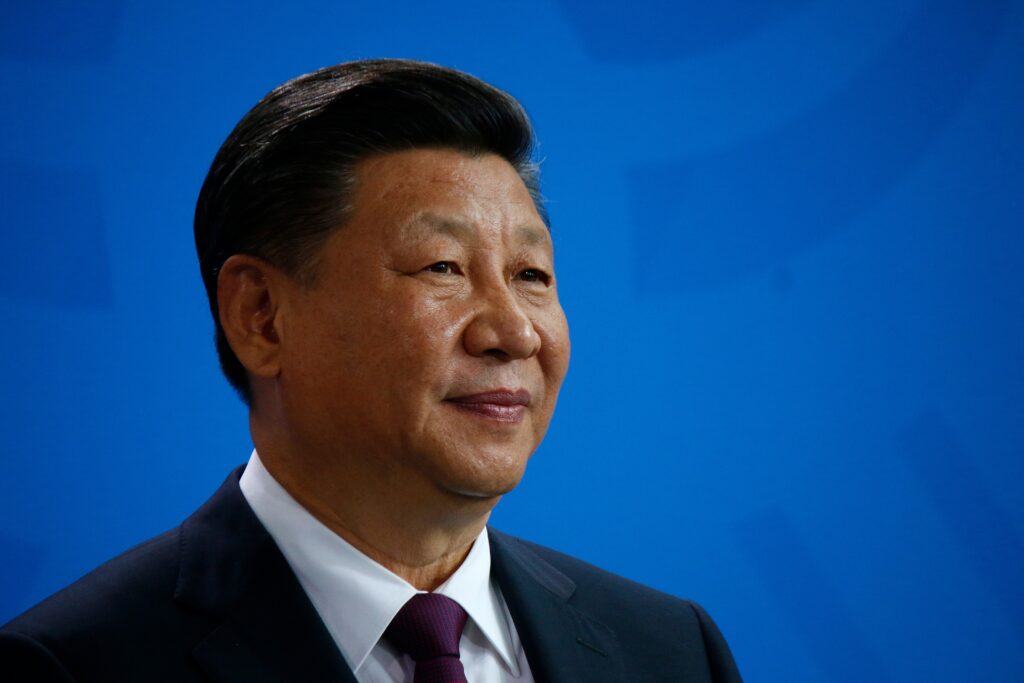Starting this Saturday, China will raise tariffs on all American products from 84% to 125%, matching the latest U.S. tariff hike on Chinese goods. The move deepens the ongoing trade war between the world’s two largest economies and fuels new fears of global economic instability.
Chinese officials explained that the tariff increase directly responds to Washington’s decision to raise duties. However, Beijing refused to go beyond the 125% mark, calling further hikes “economically irrational.”
In a statement, the Chinese Ministry of Finance said high tariffs hurt global trade and make American goods “uncompetitive in Chinese markets.” Beijing warned that if the U.S. escalates again, it would respond “strongly and decisively.” Officials emphasized that China will defend its trade interests by all necessary means.
📉 Global Markets React to Escalating Tensions
Following China’s announcement, global markets dipped sharply. The S&P 500 and Dow Jones Industrial Average opened lower, extending pre-market losses. Investors showed concern over the increasing tension between Washington and Beijing.
The U.S. dollar fell nearly 2% against the euro, signaling market uncertainty. Analysts say the rising tariffs and lack of diplomatic progress have pushed investors toward safer assets like gold and government bonds.
Earlier in the week, President Donald Trump paused most “Liberation Day” tariffs for 90 days, allowing temporary relief for several countries. However, China was not included in the pause. Instead, U.S. tariffs on Chinese goods jumped to 125%, effective immediately. Trump made the announcement on social media, accusing China of “disrespecting global markets.”
The move also triggered a rise in bond yields, leading experts to question the long-term strength of U.S. fiscal policies under sustained trade pressure.
🌍 China Builds Global Support to Counter U.S. Strategy
China is now working to build diplomatic partnerships to push back against what it sees as Washington’s aggressive trade strategy. Premier Li Qiang recently spoke with EU Commission President Ursula von der Leyen, seeking to rally support for a more balanced and cooperative trade model.
According to the Chinese Foreign Ministry, the Trump administration’s approach risks isolating the United States. Spokesperson Lin Jian predicted that Washington would struggle to gain allies if it continues to apply tariffs unilaterally.
“Global trade should be based on mutual respect and cooperation,” Lin said at a press briefing. “We urge the U.S. to return to fair dialogue.”
Despite these efforts, many countries remain cautious. Past tensions with China over intellectual property rights, market access, and political disputes have made some governments hesitant to fully support Beijing.
💰 China Still Holds Major U.S. Debt and Trade Volume Remains High
Even amid rising tensions, the economic ties between the two countries remain strong. China holds around $759 billion in U.S. Treasury bonds, making it the second-largest foreign holder of U.S. debt, just behind Japan.
In 2024, U.S.-China trade totaled nearly $700 billion, showing how deeply the two economies are connected. However, with both sides exchanging threats and raising tariffs, that trade volume could soon decline.
Officials from both governments continue to issue public warnings, raising concerns about a long and costly economic conflict. Economists say the current path could slow global growth, reduce consumer confidence, and affect supply chains worldwide.
🧾 Growing Risks with No Easy Exit
As tariffs rise and diplomatic talks stall, businesses, investors, and consumers face growing uncertainty. The lack of a clear exit strategy from either side suggests that the U.S.-China trade war could last well into 2025.
Experts urge both countries to reopen dialogue before the conflict causes lasting damage to the global economy.
